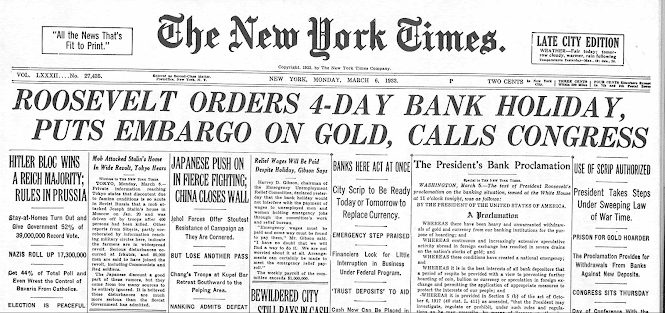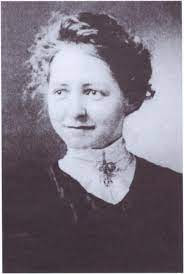Keynesian Economics and the U.S. Federal Government Response to the Great Depression

The Great Depression is one of the most challenging periods in American economic history and had national and international influences and origins. In the years following the Great War (WWI) and into the 1920s, the “U.S. economy boomed.” [1] However, tranquility was not on the cards for long as the government interceded in 1928 when the U.S. Federal Reserve “raised interest rates” to “combat inflation.” [2] The timing could not have been worse; Europe was still in a period of rebuilding and establishing new governments for many countries. Ultimately, the burden of the tremendous amount of resources and money loaned by the U.S. to Europe became too much, and many countries began to default on those loans. The result was a slow down of the economy leading to stagnation and the “deflation” of the U.S. economy. To understand the causes of the Great Depression, we can look to note...

